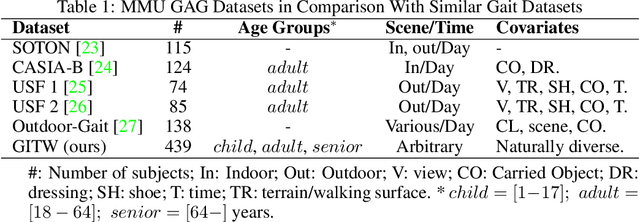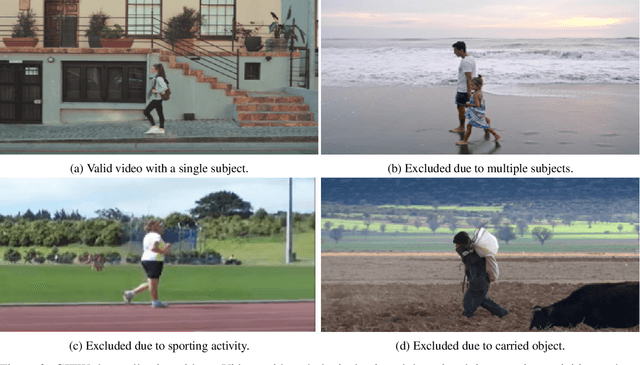Thian Song Ong
PAtt-Lite: Lightweight Patch and Attention MobileNet for Challenging Facial Expression Recognition
Jun 16, 2023



Abstract:Facial Expression Recognition (FER) is a machine learning problem that deals with recognizing human facial expressions. While existing work has achieved performance improvements in recent years, FER in the wild and under challenging conditions remains a challenge. In this paper, a lightweight patch and attention network based on MobileNetV1, referred to as PAtt-Lite, is proposed to improve FER performance under challenging conditions. A truncated ImageNet-pre-trained MobileNetV1 is utilized as the backbone feature extractor of the proposed method. In place of the truncated layers is a patch extraction block that is proposed for extracting significant local facial features to enhance the representation from MobileNetV1, especially under challenging conditions. An attention classifier is also proposed to improve the learning of these patched feature maps from the extremely lightweight feature extractor. The experimental results on public benchmark databases proved the effectiveness of the proposed method. PAtt-Lite achieved state-of-the-art results on CK+, RAF-DB, FER2013, FERPlus, and the challenging conditions subsets for RAF-DB and FERPlus. The source code for the proposed method will be available at https://github.com/JLREx/PAtt-Lite.
Gait-based Age Group Classification with Adaptive Graph Neural Network
Oct 01, 2022



Abstract:Deep learning techniques have recently been utilized for model-free age-associated gait feature extraction. However, acquiring model-free gait demands accurate pre-processing such as background subtraction, which is non-trivial in unconstrained environments. On the other hand, model-based gait can be obtained without background subtraction and is less affected by covariates. For model-based gait-based age group classification problems, present works rely solely on handcrafted features, where feature extraction is tedious and requires domain expertise. This paper proposes a deep learning approach to extract age-associated features from model-based gait for age group classification. Specifically, we first develop an unconstrained gait dataset called Multimedia University Gait Age and Gender dataset (MMU GAG). Next, the body joint coordinates are determined via pose estimation algorithms and represented as compact gait graphs via a novel part aggregation scheme. Then, a Part-AdaptIve Residual Graph Convolutional Neural Network (PairGCN) is designed for age-associated feature learning. Experiments suggest that PairGCN features are far more informative than handcrafted features, yielding up to 99% accuracy for classifying subjects as a child, adult, or senior in the MMU GAG dataset.
 Add to Chrome
Add to Chrome Add to Firefox
Add to Firefox Add to Edge
Add to Edge